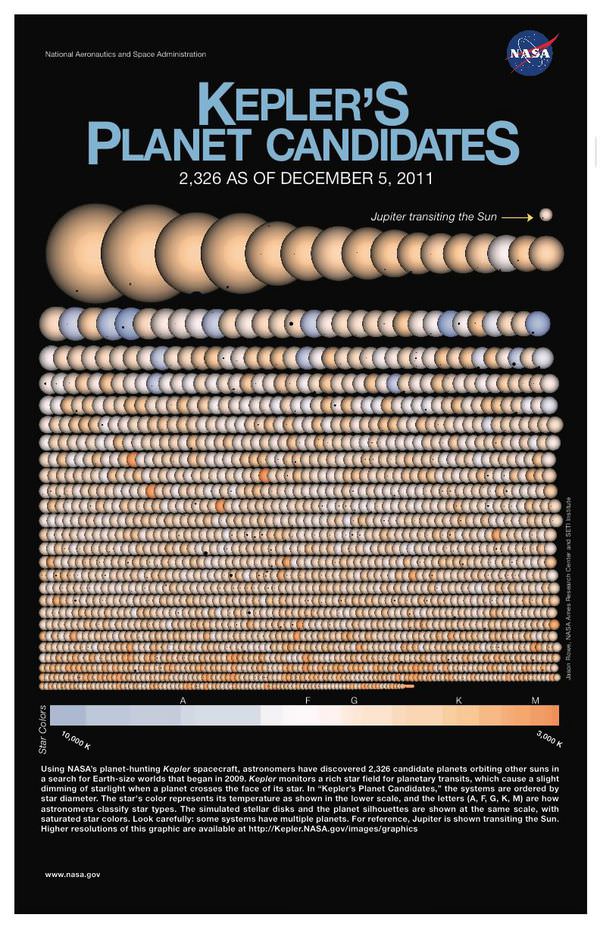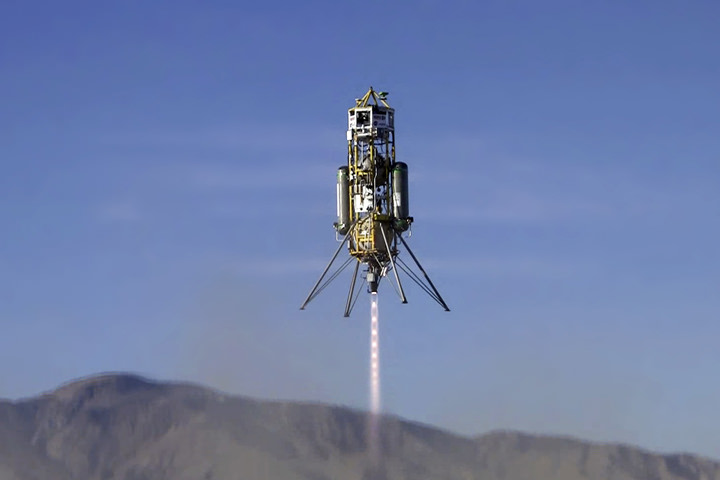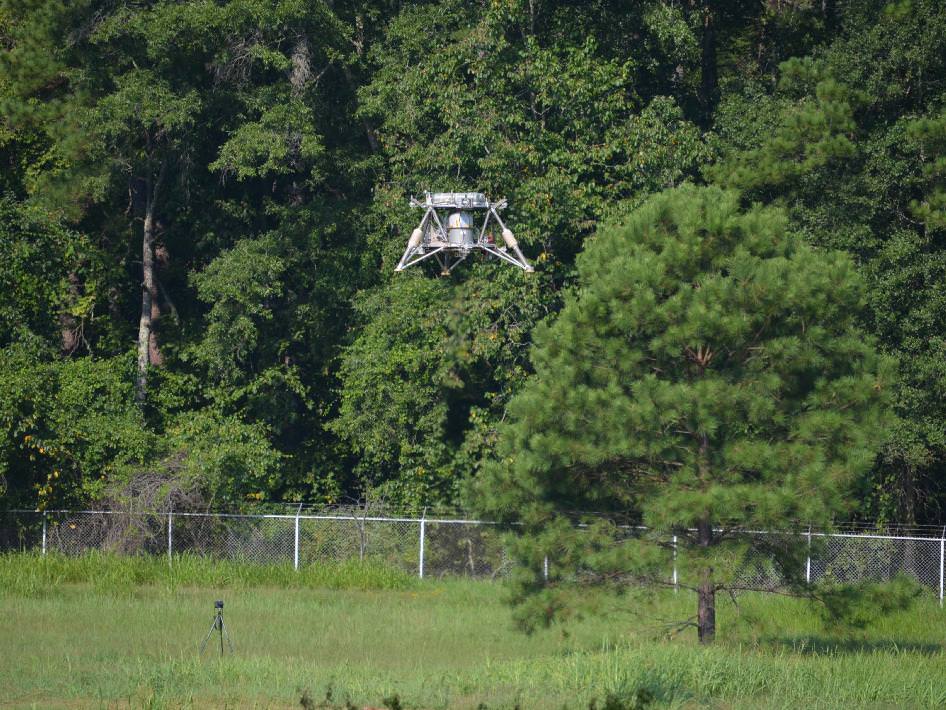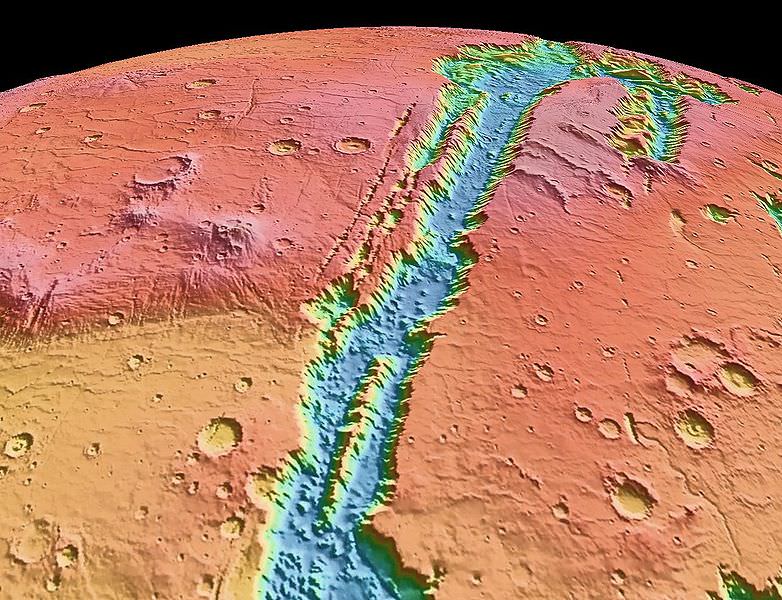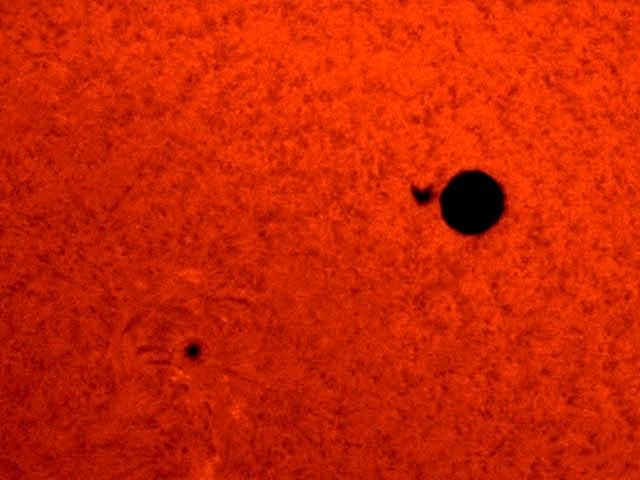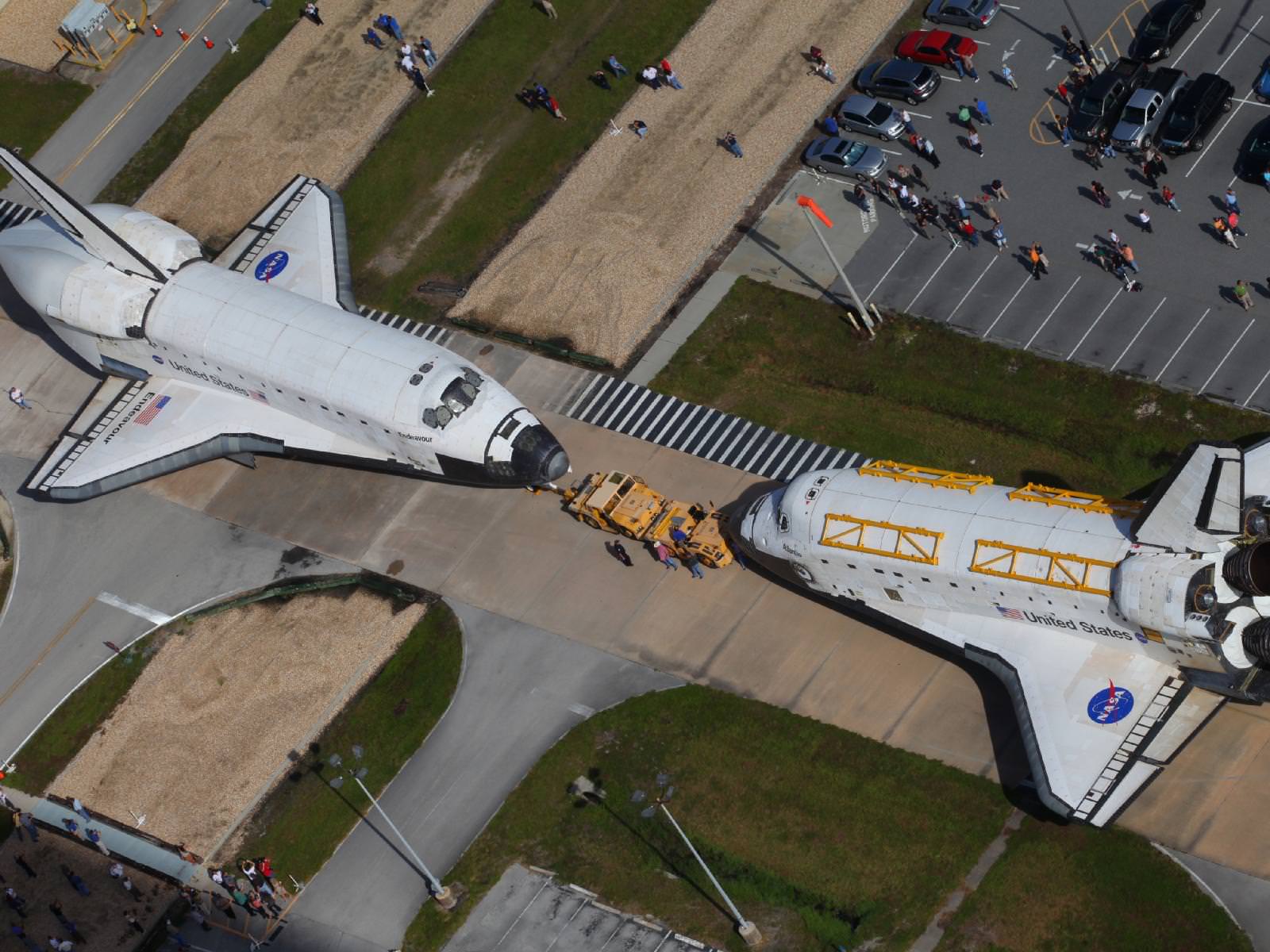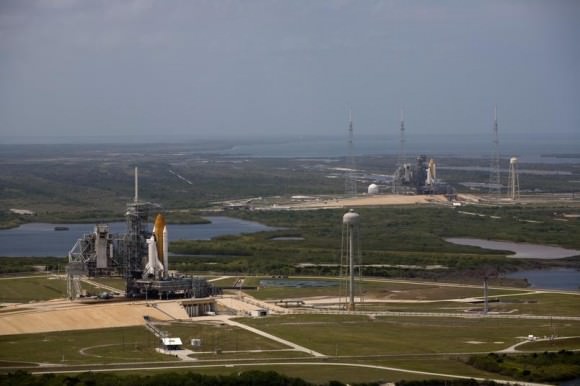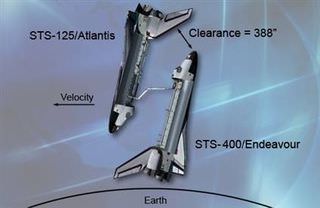The US astronomy budget is facing unprecedented cuts with potential closures of several facilities. A new report by the National Science Foundation’s Division of Astronomical Sciences says that available funding for ground-based astronomy could undershoot projected budgets by as much as 50%. The report recommends the closure – called “divestment” in the new document — of iconic facilities such as the Very Long Baseline Array (VLBA) and the Green Bank Radio Telescope, as well as shutting down four different telescopes at the Kitt Peak Observatory by 2017.
“Divestment from these highly successful, long-running facilities will be difficult for all of us in the astronomical community,” reads the AST Panel Review, Advancing Astronomy in the Coming Decade: Opportunities and Challenges. “We must, however, consider the science tradeoff between divesting existing facilities and the risk of devastating cuts to individual research grants, mid-scale projects, and new initiatives.”
The National Science Foundation funds the majority of ground-based astronomy facilities and research in the US. Every ten years, the astronomy community puts out a “Decadal Review,” which reviews and identifies the highest priority research activities for astronomy and astrophysics in the next decade, recommending important science goals and facilities.
With the budget trouble the US has encountered since the 2010 decadal survey was released (called “New Worlds, New Horizons, (NWNH),” the money available through the NSF for astronomy is much less than hoped for. Experts say that the Fiscal Year 2012 astronomy budget is already $45 million below the NWNH model, and predictions say the gap may grow to $75 million to $100 million by 2014.
In response to these projections, the US astronomy community convened a new panel to go through NWNH to come up with a set of recommendations of how to live within the means of a smaller budget — basically what to cut and what to keep.
“The federal budget looks nothing like it did when NWNH was underway,” said Dr. Debra Elmegreen from Vassar College in New York, a member of the 2010 Decadal Review Committee, “and I really hope non-defense discretionary spending will not be slashed beyond repair. Congress needs to understand that the nation’s leadership in science is at risk if science funding is not maintained at an adequate level.”
But Elmegreen told Universe Today she was impressed with the new panel’s review.
“The committee faced a very difficult task in trying to allow implementation of the Decadal recommendations while maintaining the strong programs and facilities that NSF has been supporting, in the face of extremely bleak budget projections,” she said, “and I am impressed with their report. The committee seemed to take great care in considering what resources – grant programs, facilities, instrumentation, technological and computation development – would be necessary to achieve progress in each of the very exciting primary science drivers outlined in NWNH.”
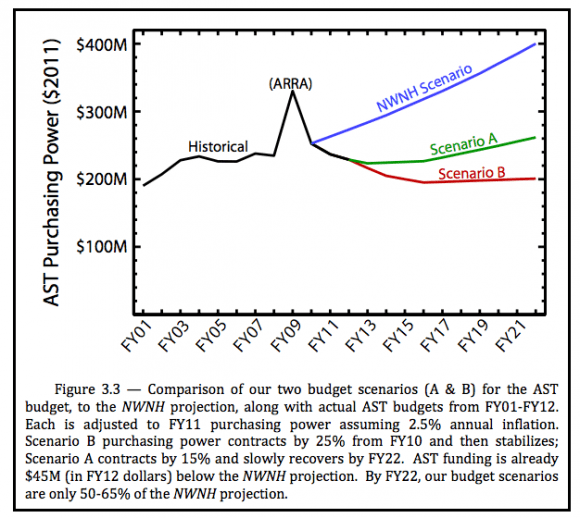
The new panel came up with two possible scenarios to deal with the projected budget shortfalls. The more optimistic of the two scenarios, Scenario A, sees funding at the end of the decade at only 65% of what was expected by NWNH. The less optimistic scenario, B, predicts only 50% of projected funding.
Both scenarios recommend closure of “older” facilities: the Nicholas U. Mayall 4-meter telescope, the WIYN (Wisconsin Indiana Yale NOAO) 3.5 meter telescope, the 2.1 meter Kitt Peak telescope, and the McMath-Pierce Solar Telescope – all at the Kitt Peak National Observatory, as well as the the Robert C. Byrd Green Bank Telescope, and the Very Long Baseline Array. “We recommend that AST (NSF’s Astronomy Division) divest from these facilities before FY17” the report says. “We recommend that AST divest in a manner that is responsible to its fellow tenants at observatories and to its long-duration user programs.”
The panel looked to protect small grants for researchers and mid-scale programs, as well as projects already in place to attract and train new astronomers with undergraduate training and post-doc fellowships. But they were forced to keep the budgets of many of these programs relatively flat over the next several years. The panel also recommended no significant new initiatives be started over the next decade.
However, they recommended continued funding of newer and under-construction facilities such as the Atacama Large Millimeter/submillimeter Array (ALMA), the Large Synoptic Survey Telescope (LSST), the Advanced Technology Solar Telescope (ATST), Cerro Chajnantor Atacama Telescope (CCAT), and the Giant Segmented Mirror Telescope (GSMT).
“[These] are all powerful new facilities that promise major advances in the field,” the report reads. “However, they are expensive to construct and operate, and implementing them while protecting the very important (and heavily over-subscribed) small-grants and mid-scale programs implies that AST must find significant reductions elsewhere in the portfolio. This is an uncomfortable but necessary step.”
The panel said that with astronomy advancing very rapidly, investment in the latest facilities, technologies, and instruments is crucial or US astronomy would face a decline in their leadership of astronomical efforts worldwide.
“We have to judge the continuation of existing programs and facilities against the opportunities made possible by new investment,” the report reads. “However, we must also recognize that existing facilities offer secure, near-term science opportunities.”
However, the National Radio Astronomy Observatory (NRAO) and the Associated Universities Inc. (AUI) issued a response to the possible closing of facilities, saying that “optimizing the United States’ astronomy portfolio should involve considerations beyond just the question of what can be cut from a particular funding agency’s budget to make room for something new in that same agency’s budget.”
They listed goals of having world class training facilities and preserving irreplaceable research facilities but said “None of these goals will be advanced by removing the GBT and VLBA from the portfolio of telescopes funded via the NSF; indeed, they will be hindered.”
The savings from divesting from the aforementioned facilities is projected at $20 million.
Another recommendation is to have yearly reviews of every facility to ensure the limited funds are being spent wisely.
“No matter how rosy budgets are you can’t continue to build new facilities without closing old ones or finding another steward to take them over,” said Michael Turner via email, a cosmologist from the University of Chicago and also a member of the NWNH committee. “NASA has realized this for years and blazed the trail with its regular Senior Reviews which this is modeled after. While the budgets ahead are uncertain at best and are unlikely to be as simple as either scenario considered, AST is now reviewing its portfolio on a regular basis and making the difficult decisions needed for good stewardship of the field. That is the big news.”
How are astronomers in the field responding to the new report? Posts on Twitter included expletives, outrage, disappointment and one response of “I want to cry.”
Katherine Mack, an astronomer who is originally from the US but now working abroad tried to take a comprehensive view.
“There’s just so little funding right now,” she said in an email. “As a cosmologist, I was sad to hear that NASA pulled its funding for LISA, a space-based gravitational-wave detector. But I’m even more surprised that now the NSF wants to pull funding from a number of highly productive ground-based projects, such as the Green Bank Telescope. It’s a sharp contrast to places like Australia and South Africa, where new investment in astronomy facilities seems to be very healthy and even increasing.”
Several astronomers posted on Twitter that perhaps the US astronomy community and the AST review panel needs to “think outside the box” more for solutions to problems that are known among those in the astronomy community, but not widely addressed or acknowledged. For example, in the section on “Career Support and Progression, the panel discussed issues relating to the astronomy career structure.
The report says, “Within astronomy, there are aspects of the postdoctoral situation that are unhealthy and unstable” and “there is a persistent mismatch between the production rate of Ph.D.s and the number of tenure-track faculty or long-term astronomy positions.”
“I think everyone in the astronomy community is aware that these problems exist, and it’s nice to see them spelled out, but there’s not much in the report to suggest solutions,” Mack said. “I would love to see a much bigger effort in this direction, thinking of ways to not just prioritize current funding models in a way that helps early-career researchers, but also ways to fundamentally change the funding models or to discourage the field from filling up with postdocs and soft-money astronomers who will never find permanent jobs.”
Astronomer Nicole Gugliucci wrote on the CosmoQuest blog that closures of facilities will not only mean loss of jobs for astronomers, but others as well. “We will lose these important telescopes AND jobs for scientists, engineers, software developers, education professionals, shop mechanics and more,” she said, adding that researchers at smaller universities that do not own their own telescopes, “will lose access to the sky…. and their associated education centers will be in danger and the brilliant projects done with high school and college students will GO AWAY.”
Elmegreen hopes that some of the facilities under threaten of closure will be able to continue their work through privatization. “There is simply no way that all worthy facilities can be kept operating on federal funds and still have any funds left for new starts,” she said, “and NWNH recognized that there would be tough choices ahead in the event of more pessimistic budgets than we had built our recommendations on. I believe the Portfolio report strives for a prudent balance among small, medium, and large efforts, and between existing and proposed facilities, in a way that can help maximize the realization of our astronomical goals.”
As bleak as the new review looks, Turner said there could be a silver lining in this dark cloud for astronomy.
“The toughness of the decisions and the clarity of the strategic thinking at an extraordinary time of discovery about our universe and our place within it … might give NSF reason to find ways to increase the astronomy budget by tightening the budget elsewhere,” he told Universe Today. “The Committee has certainly given the Division Director(James Ulvestad) powerful arguments for increasing funding for astronomy. Time will tell if he is able to put them to good use. I hope he can. This is a special time in astronomy and our quest to understand our place in the cosmos.”
A graph depicts the basic rundown of the two different funding scenarios recommended by the AST Panel Review:
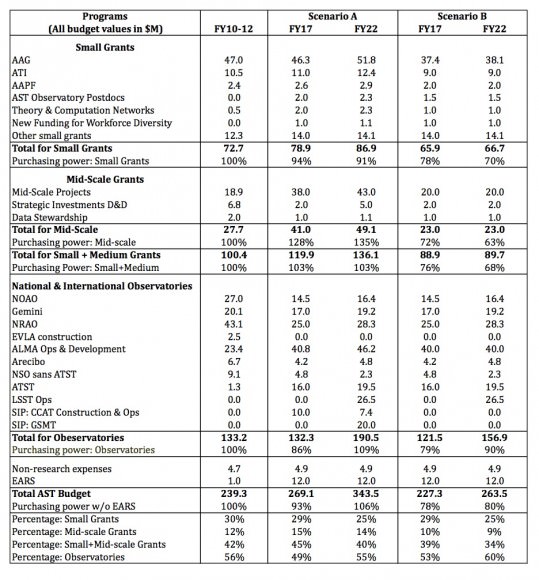
Read the full report here.
Lead image caption: The Robert C. Byrd Green Bank Telescope (GBT) located in Green Bank, West Virginia. This telescope is under threat of closure under the new recommendations of the AST Panel Review. Image courtesy of NRAO/AUI




